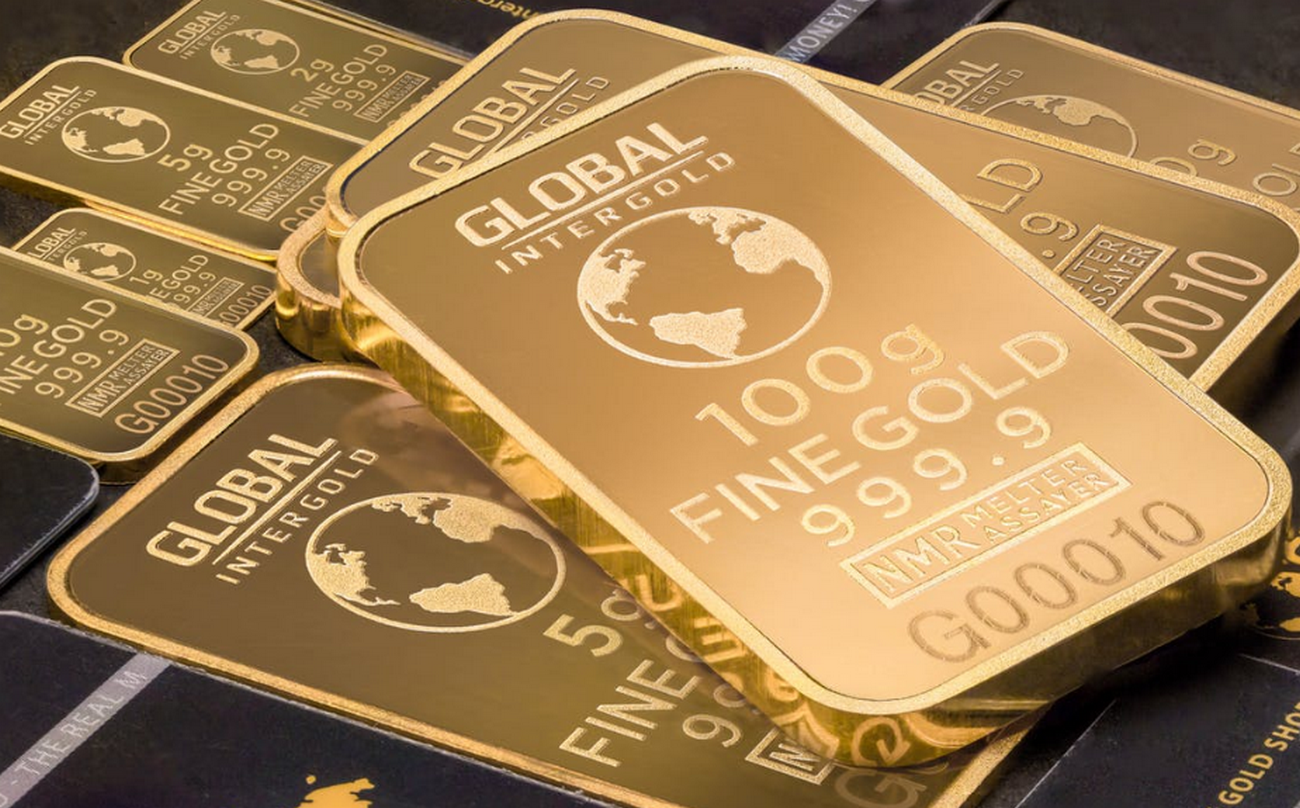The precious metal — which passed the $2,000 mark for the first time the week of Aug. 3rd — has surged 72 percent since the rally began in fall 2018By Hannah Denham Washington Post
Gold closed above $2,000 an ounce for the first time August 5, 2020, capping an explosive growth spurt that has blown past analysts’ projections.
The precious metal closed Wednesday at $2,052 a troy ounce; that’s a 72 percent surge since the rally began in fall 2018 and nearly 35 percent higher year to date. Gold reached a new fervor during the pandemic as investors rushed for cover. In February, Goldman Sachs forecast it would push above $1,800 if the pandemic worsened. Last week, gold hit $1,981 an ounce, blowing past the record $1,921 set in 2011.
Analysts track commodities such as gold and silver for insight on investors’ economic outlook, especially during periods of economic uncertainty and volatility in other financial markets. And with the United States in the throes of a deep recession, tens of millions of Americans out of work, and a resurgence in coronavirus cases, hospitalizations and deaths, investors are looking for something tangible that will last.Ivan Feinseth, chief investment officer of Tigress Financial Partners, said he’s not a fan of gold. In March, after the U.S. stock market crashed, he said he urged investors not to bail out of equities. But the financial climate is much different now.
The U.S. economy shrank by a stunning 9.5 percent from April through June, according to data released Friday, marking the fastest quarterly drop in modern record-keeping. And there are fears of a backslide if recovery efforts fizzle and the country reverts to widespread shutdowns and other coronavirus pandemic safeguards.“The only safe haven that we have is gold,” Feinseth said. “You got the momentum of everybody piling in, and the one thing about the commodities markets, they are very trend and momentum-driven.”
Here are five reasons gold is on a tear:
It’s a safe havenGold demand typically spikes in times of crisis or uncertainty — especially if equity markets tumble, as they did earlier this year. In March, the price of bullion hit a seven-year high as the coronavirus pandemic intensified in the United States, reflecting anxieties about the abilities of financial systems, particularly central bankers, to survive the economic hit.
Sense of stabilityGold is typically insulated from inflation and generalized uncertainty. The precious metal is relatively stable over the long haul, and its value isn’t easily depreciated by outside factors or other currencies.
Weakened dollarThe dollar has depreciated, and its weakened value makes it more attractive to investors outside the United States and gold cheaper in other currencies. Feinseth said he’s been watching the ties between the dollar and sliding interest rates as a gauge of investor interest in gold.
Low yieldsSince March, the Federal Reserve has kept interest rates near zero to keep financial markets stable and make borrowing costs as low as possible to shore up the economy. It also decided to buy hundreds of billions of dollars in bonds. That brought yields down, making gold and its lack of yield more attractive to investors.
Media coverageThe higher gold prices go, the more analysts and investors talk about it, and the more financial media reports on it. Added exposure generally translates to more investor interest; that’s why some analysts expect prices to go even higher.Last month, Phillip Streible, an analyst with Blue Line Futures, predicted gold would hit $2,500 by December 2021. Other market watchers believe it could happen as early as next week or by year’s end.
5 REASONS GOLD PRICES ARE SOARING
